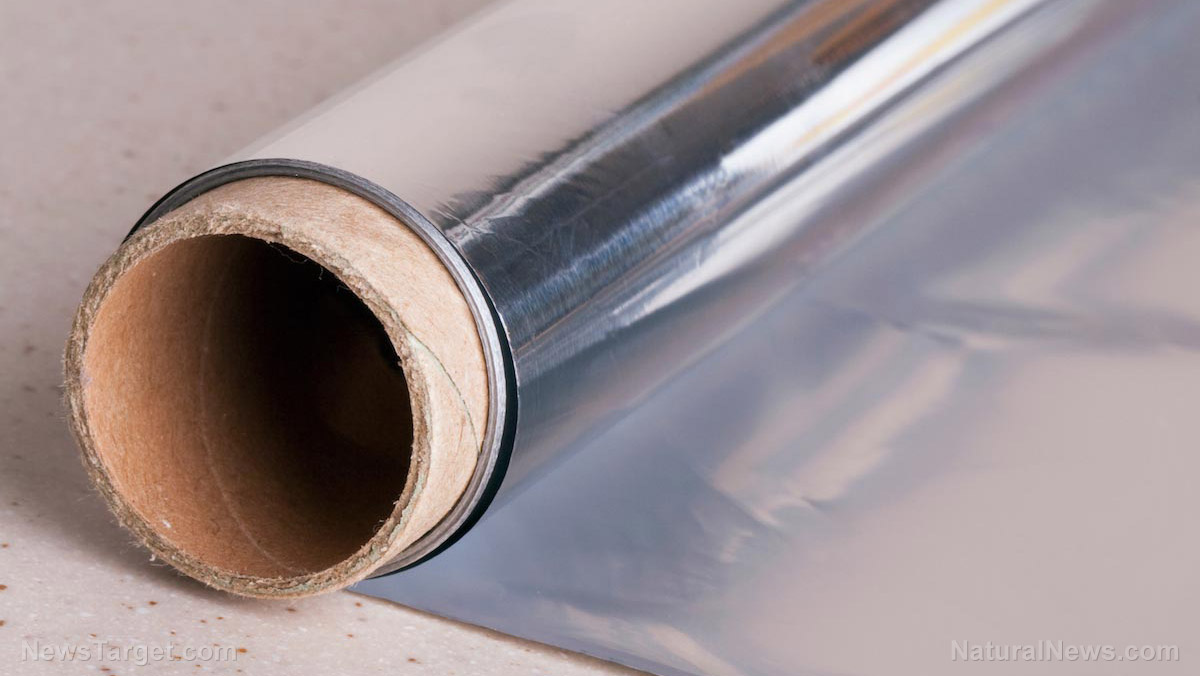
German officials recently reported that exposure to aluminum compounds in food has been decreasing, yet we are still ingesting more of it than what is deemed safe. Our regular exposure to and ingestion of aluminum compounds come from daily products that include food, cosmetics, baking tools and aluminum foil.
Scientists say that aluminum compounds are present in drinking water to help purify it. They are also present as an additive in processed food in which they can be used as an emulsifying agent or a food colorant. Even fresh fruit or vegetables can contain aluminum compounds as human activities such as mining have contaminated soil in some areas.
An official report from the Federal Institute for Risk Assessment (BfR) indicates that dietary exposure to aluminum compounds has been on a decline. However, people still ingest relatively high quantities of aluminum from other sources.
The researchers estimated the aluminum content of food available to the German public and found that the average weekly diet-related aluminum exposure for an adult was 50 percent of the tolerable weekly intake set by the European Food Safety Authority (EFSA), which is at 1 milligram per kilogram of body weight per week.
While they noted that this is a lower quantity than indicated in previous studies, the researchers maintained that aluminum intake remains at a potentially harmful level across all age groups. This is due to aluminum being used in cosmetics, food packaging and even tools.
"The most important non-dietary intake source of aluminum is dermal [skin] exposure from cosmetics, especially antiperspirants, which, according to a previous exposure estimation, may reach or even exceed the [tolerable weekly intake] derived by EFSA," the team led by Thomas Tietz wrote.
People can influence their aluminum intake and exposure
The team emphasized that people can influence their intake and exposure to aluminum and try to reduce it. They can do this by checking whether or not their cosmetic products, such as deodorants and toothpaste, contain aluminum compounds – and to use them sparingly if that proves to be the case.
It may be more challenging to identify and avoid aluminum in food so it is best to follow a varied diet. For canned or preserved products, it is important to alternate between food brands to lower possible aluminum exposure. People should also avoid prepping and storing food in uncoated aluminum pots or containers.
When it comes to shielding newborn babies, researchers said that breast milk is best – especially for the first six months of the baby's life. The researchers also recommended that manufacturers use raw materials that have low aluminum content and appropriately coated materials when processing and packaging their products.
Previous studies also linked frequent exposure to high levels of aluminum to neurotoxicity, Alzheimer's disease and breast cancer. It is still unclear just how unsafe these compounds are. (Related: Avoid aluminum - Locate the unexpected sources of aluminum in products.)
Aluminum is absorbed by the gastrointestinal tract in the upper intestine where absorption is higher due to lower pH levels. The absorption of aluminum from food and drinks depend on several factors.
Studies have reported that higher aluminum absorption happens when citrate and fluoride are present, while presence of silicon and calcium decrease absorption due to the formation of insoluble products.
It is also considered to be a neurotoxic agent that could increase the probability of an individual developing Alzheimer's disease. It can also lead to cognitive damage and other neurological diseases.
While gastrointestinal absorption of aluminum is low, there are many dietary sources where it is present. Thus, it is necessary to control the level of aluminum in food to prevent its toxic effects in the human body.
Follow Aluminum.news for more news and information related to aluminum.
Sources include:
Please contact us for more information.





















